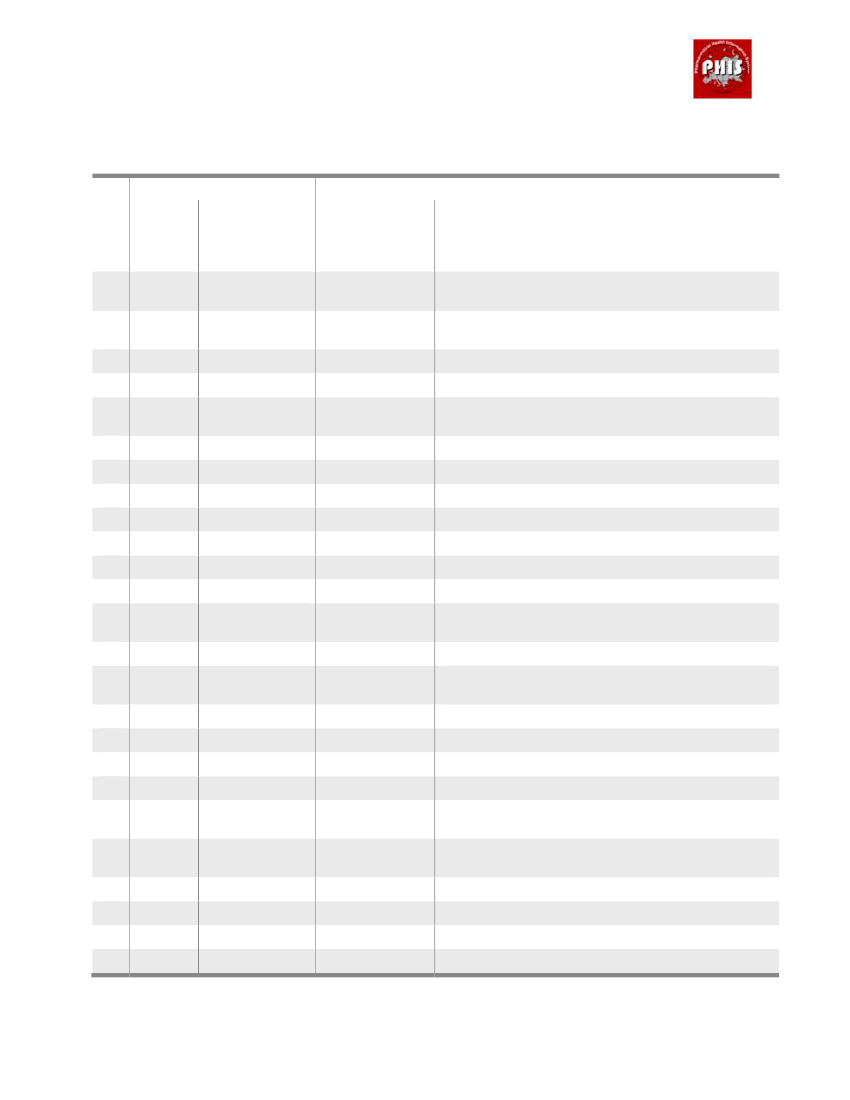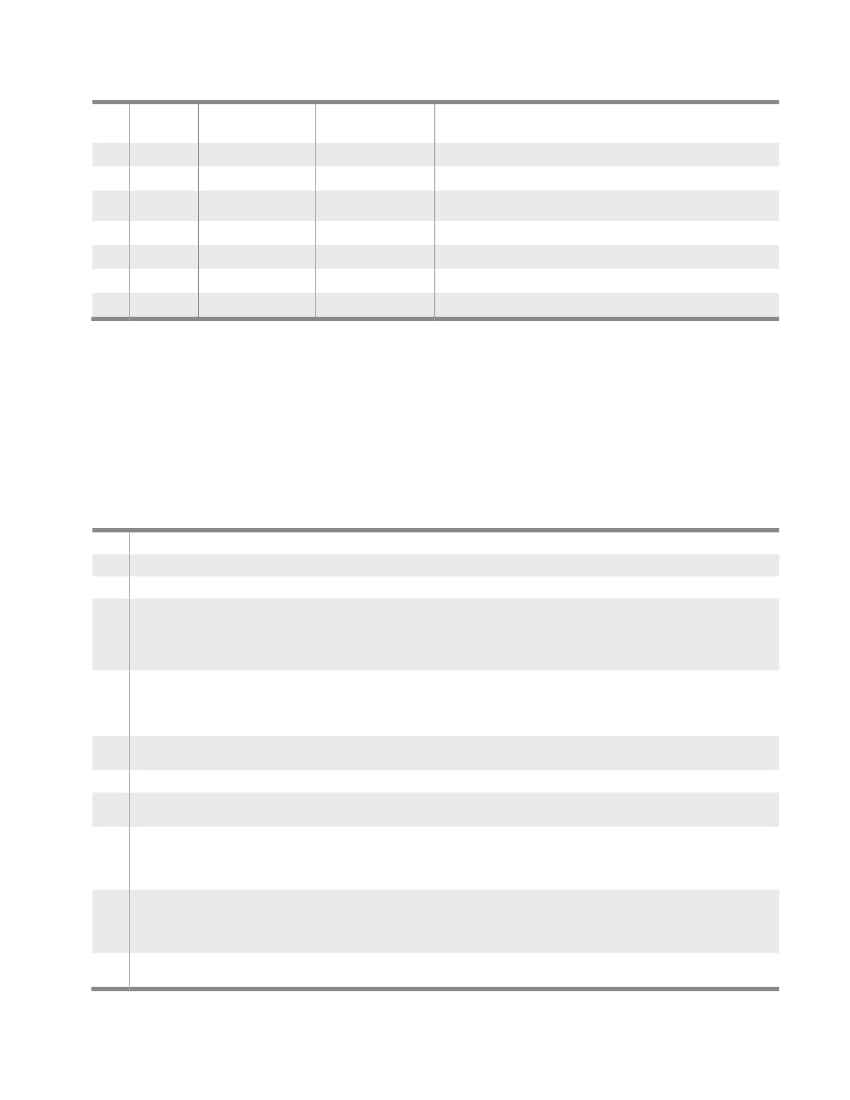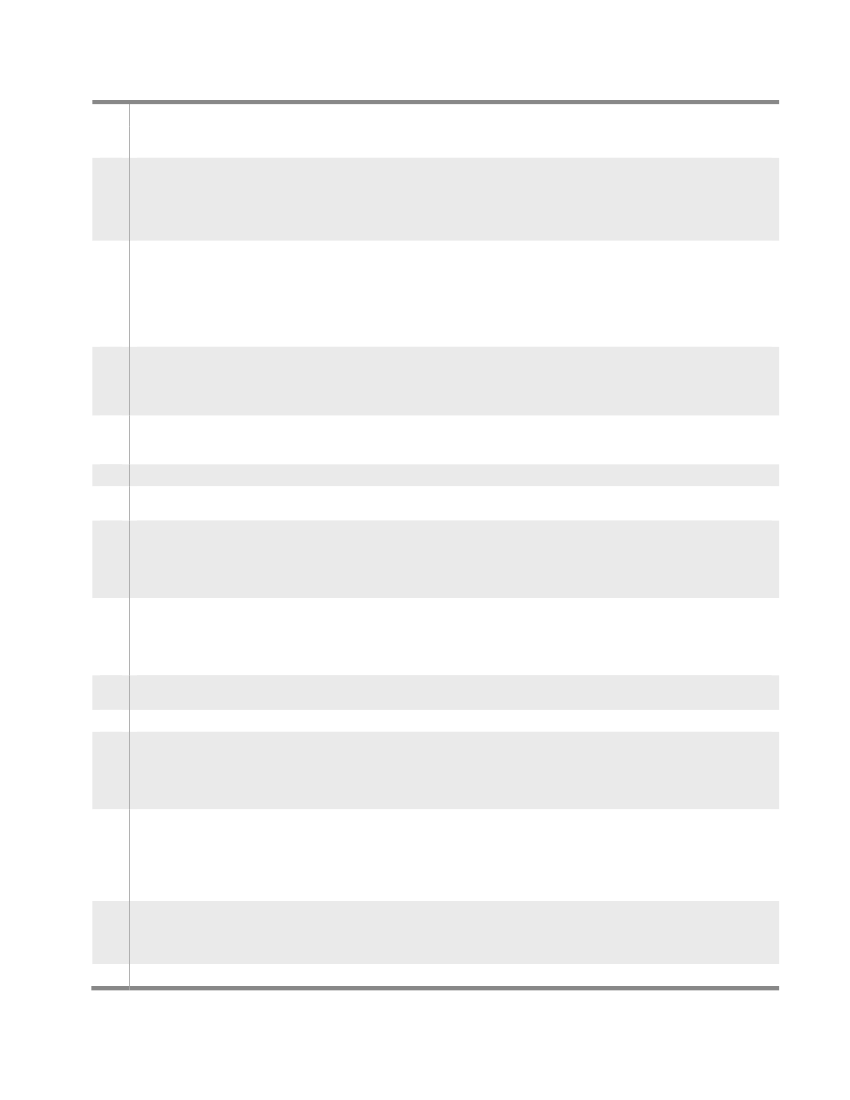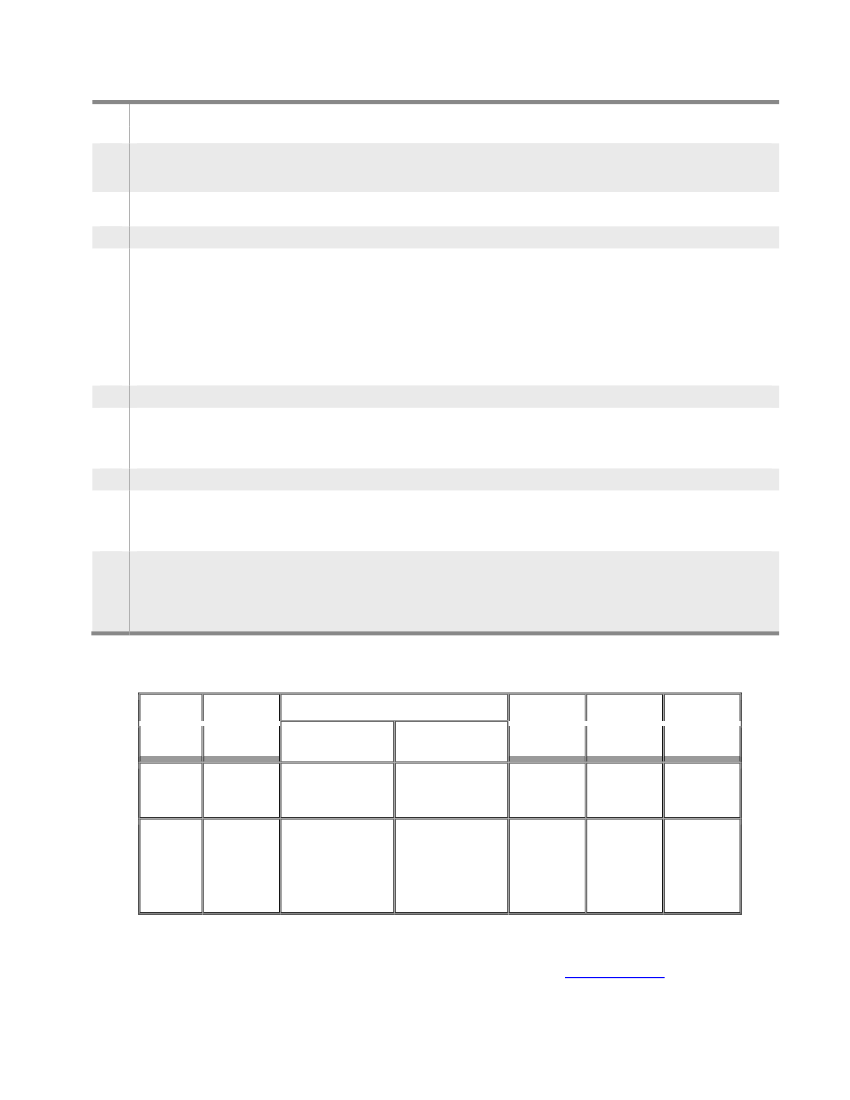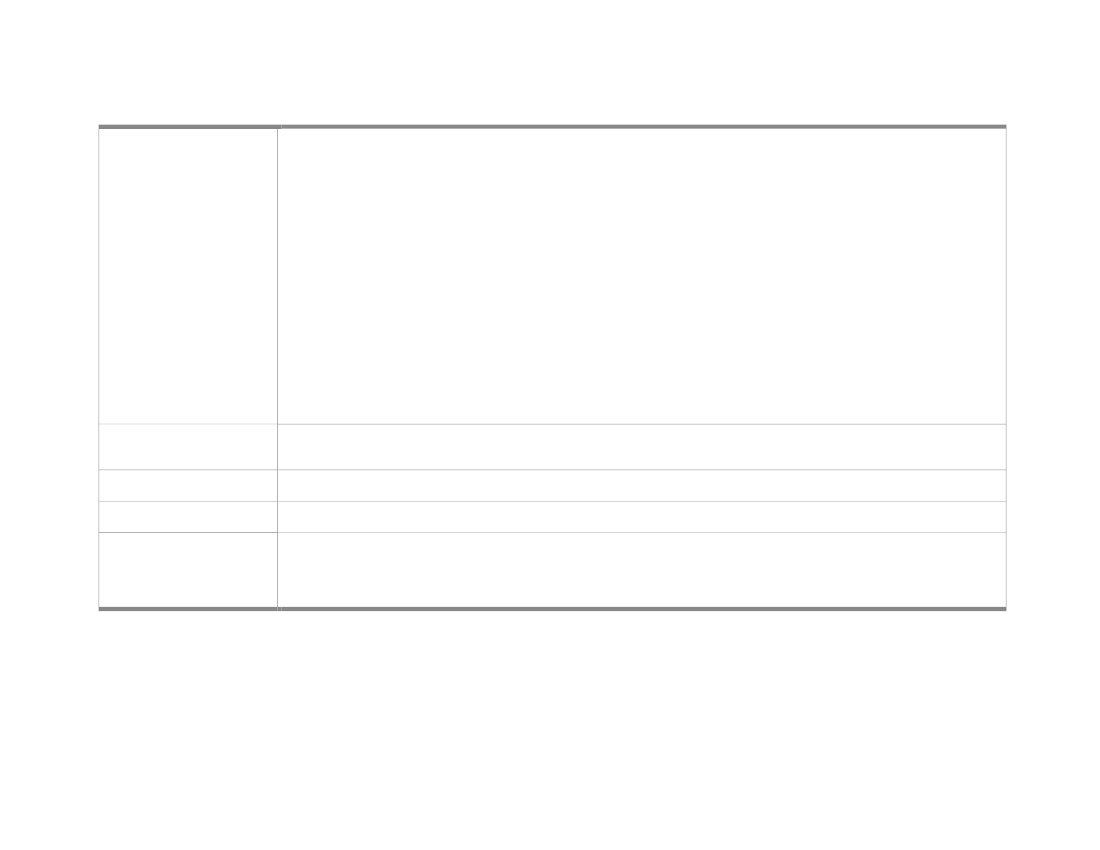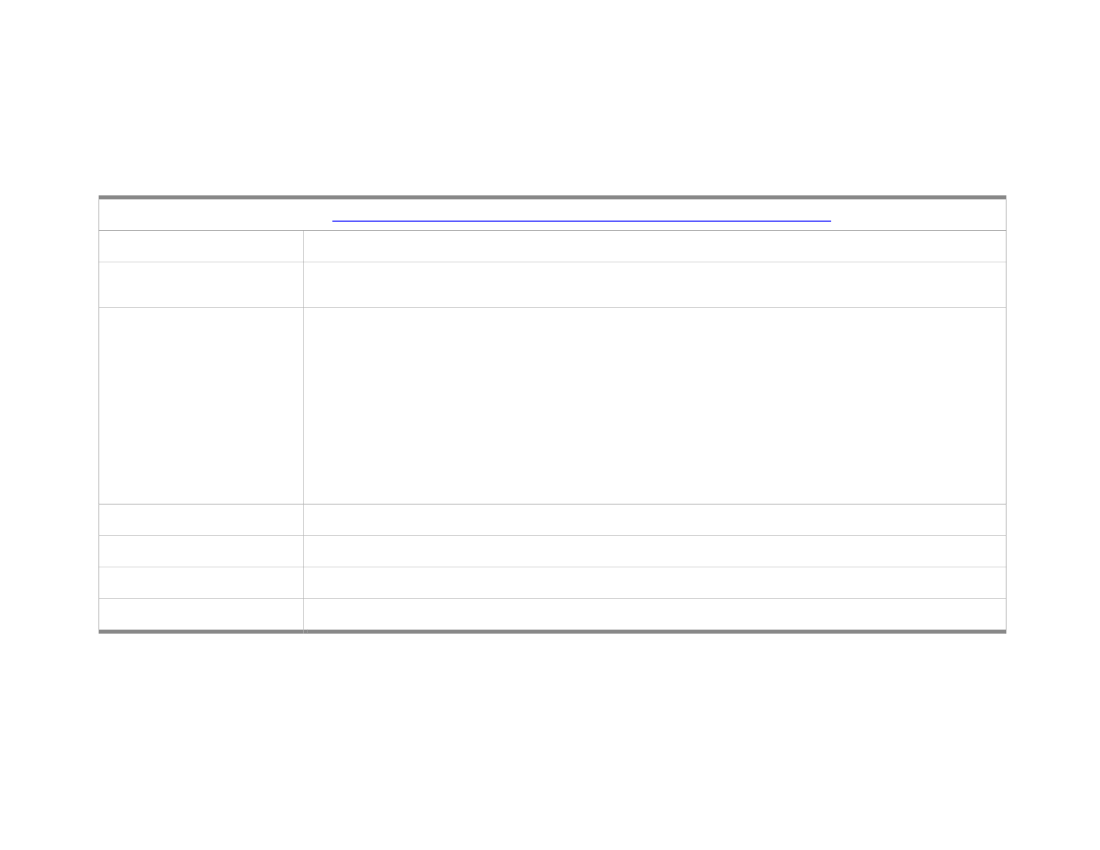Sundheds- og Forebyggelsesudvalget 2011-12
SUU Alm.del
Offentligt
PHIS DatabaseReimbursement listReimbursement list 2010/2011C.Out-patient sectorR. list inplaceIn-patient sectorHospitalpharmaceuticalformulary inplaceYesYesYes5NoYesYesYesYesn.a.YesYesYesYesYesYesYesn.a.YesNoYesYesYesNoNoYes
Form of the list
Form of the list
ATBEBGCYCZDEDKEEELESFIFRHUIEITLTLULVMTNLPLPTROSESI
YesYesYesYesYesNo1YesYesYesNo6Yes3YesYesYesYesYesYesYesYesYesYesYesYesYesYes4
Positive listPositive listPositive listPositive listPositive listTwo negative listsPositive listPositive listNegative list2Negative listPositive listPositive listPositive list andnegative lsitPositive listPositive listPositive listPositive listPositive listPositive listPositive listPositive listPositive listPositive listPositive listTwo positive lists
Out-patient list also relevant for in-patient sector; hospitalpharmaceutical formulary (HPF)Out-patient list also relevant for in-patient sector; hospitalpharmaceutical formulary (HPF)Hospital pharmaceutical formulary (HPF)5Out-patient list also relevant for in-patient sectorOut-patient list also relevant for in-patient sector; hospitalpharmaceutical formulary (HPF)Hospital pharmaceutical formulary (HPF)Hospital pharmaceutical formulary (HPF)7Hospital pharmaceutical formulary (HPF)n.a.Hospital pharmaceutical formulary (HPF)Hospital pharmaceutical formulary (HPF)Hospital pharmaceutical formulary (HPF)Out-patient list also relevant for in-patient sector; hospitalpharmaceutical formulary (HPF)Hospital pharmaceutical formulary (HPF)Out-patient list also relevant for in-patient sector; hospitalpharmaceutical formulary (HPF)Hospital pharmaceutical formulary (HPF)n.a.Hospital pharmaceutical formulary (HPF)Out-patient list also relevant for in-patient sectorOut-patient list also relevant for in-patient sector; hospitalpharmaceutical formulary (HPF)Out-patient list also relevant for in-patient sector; hospitalpharmaceutical formulary (HPF)Hospital pharmaceutical formulary (HPF)Out-patient list also relevant for in-patient sectorOut-patient list also relevant for in-patient sectorHospital pharmaceutical formulary (HPF)
SKUKALCHHRISNOTR
YesNoYesn.a.YesYesYesYes
Positive listTwo negative listsPositive listn.a.Positive listPositive listPositive listPositive list
YesYesn.a.n.a.n.a.YesYesYes
Out-patient list also relevant for in-patient sector; hospitalpharmaceutical formulary (HPF)Hospital pharmaceutical formulary (HPF)n.a.n.a.n.a.Hospital pharmaceutical formulary (HPF)Hospital pharmaceutical formulary (HPF)Out-patient list plus list for hospital only medicines
C. = country, HPF = hospital pharmaceutical formulary, n.a = not available, R. = Reimbursement1
DE: In addition, a small (positive) list issued by the Federal Joint Committee contains non-prescription drugs that are exceptionallyreimbursed under the Social Health Insurance2EL: The reintroduction of positive list is still ongoing3FI: Negative list is not yet implemented, however the legal basis is there4SI: There are two positive lists, one called positive list and another is called intermediate list5BG: Separate positive list for the in-patient sector6ES: There is no positive out-patient list itself in Spain. There is a monthly electronic catalogue which contains all possiblyreimbursable medicinal products but it is not considered as closed list itself.7FR: HPF = list of medicines at the hospital level. In France there are two lists concerning the in-patient sector: 1) List of out-patientmedicines which are also available in in-patient sector and 2) List of in-patient medicines
Reimbursement rates 2010/2011C.ATBEBGOut-patient sector: Reimbursement rates100%Different percentage rates of the ex-factory price depending on the category1100; 75; 50Up to 100%: medicines for common chronic diseaseUp to 75%: medicines for diseases with low morbidity and mortality leading to significant deterioration of the healthstatus and disability100; 50%(public sector)100%: different statuses (e.g. pensioners)50%: people with low income0%(private sector)No fixed reimbursement rates definedexception: 50% for immunostimulantia100%100; 85; 75; 50%Rate is depending on pharmaceutical expenditure (higher expenditure means a higher rate)100; 75; 50%100%: serious or epidemic disease75%: chronic disease50%: general disease100; 90; 75%100%: medicines for severe diseases90%: medicines for chronic conditions and for low pensioners75%: standard rate of reimbursement100; 90; 60%100 %: pensioners and hospital medicines
CY
CZDEDKEE
EL
ES(2011)
C.
Out-patient sector: Reimbursement rates90%: medicines for chronic diseases60%: majority of POM
FI(2011)
100; 72; 42%100%: medicines for 34 severe chronic conditions where pharmaceutical treatment is necessary and restores orreplaces normal bodily functions72%: medicines for 10 chronic diseases where pharmaceutical treatment is necessary42%: basic rate of reimbursement100; 65; 30%; 15%100%: severe chronic diseases65%: medicines with major clinical benefit by serious disease30%: medicines with less clinical benefit by serious disease and those for non-serious disease with a form ofclinical benefit15%: medicines with weak clinical benefit by serious disease and those for non-serious disease with a form ofclinical benefit85; 55; 25%or100; 90; 70; 50%85, 55, 25%: medicines of positive list. Rate depends on therapeutic value of the medicine and severity and statusof disease.100, 90, 70, 50 %: medicines for specific diseases100%100%: for a specific group of population.The others have 100% reimbursement of medicines after having paid up-front a specific co-payment100%:100; 90; 80; 50 %Rate is depending on severity of the disease (the more severe, the higher the rate)100; 80; 40%100%: medicines. with precise indication of therapeutic application, which is generally medicines for chronicdisease80%: all other drugs without special destination, prescriptions prepared as directed by physician40%: medicines with more limited indications100; 75; 50%100%: chronic, life threatening diseases or diseases causing irreversible disability where medicines ensures andmaintains the patient’s life functions75%: diseases where medicines maintain or improve the patient’s health50%: diseases where medicines are necessary to improve the patient’s health, vaccines.100%(public sector)0%(private sector)100%100; 70; 50%There are no specified inclusion criteria for each group:100%: medicines for specific indications70, 50%: supplementary medicinesFull lump sum of PLN 3.20: basic medicines100; 90; 69; 37; 15%100%: life saving medicines90%: essential medicines for chronic diseases;69%: essential medicines for serious illnesses37%: not priority medicines with proven therapeutic value15%: new medicines with not yet proven therapeutic value100; 90; 50%100%: medicines for severe chronic diseases90%: essential and cost effective medicines50%: essential but less cost effective medicines100; 90; 75; 50%
FR(2011)
HU
IE
ITLTLU
LV
MTNLPL
PT(2011)
RO
SE
C.SI
Out-patient sector: Reimbursement ratesRate is depending on pharmaceutical expenditure (higher expenditure means a higher rate)75; 25%75%: medicines on positive list25%: medicines on intermediate list100% and partial reimbursementCategories depending on specific criteria100%100%; 85%-95%; 75%-85%; 65%-75%; 55%-65%; 50%100%: Medicines treating cancer, multiple sclerosis, growth hormone deficiency, etc. for pensioners, war veterans,children under 12 months.85%-95%: Insulin for diabetics, drugs treating epilepsy, depression, Parkinson, osteoporosis, etc.75%-85%: Medicines for chronic conditions such as coronary heart disease, hypertension, asthma, etc.65%-75%: Gynaecologic medicines, other medicines treating ulcer, urinary infections, etc.55%-65%: Medicines treating cough, mycosis, rheumatisms, etc.50%: Antibiotics, dermatologic drugs, etc.n.a.100%; and partial reimbursement100%: List ACo-payment: List B
SKUKAL
CHHR
ISNO(2011)
65-70% on average100%; 62%100%: Reimbursement is always 100% for children under the age of 16 and for low-income pensioners.62%: Different conditions under different schedules100%; 90%; 80%80%: Medicines for active workers90% Medicines for the retired100%: Chronic patients
TR
C. = country, n.a = not available, PLN = Polish złoty1
BE: since April 2010 a new reimbursement scheme:CategoryApreferentiallyinsured persons< 14.38EUR0%of theRL ex fact0 EUR+0%of theex-fact26,52 %of theRL ex fact1,50 EUR+16%of theex-factBall otherinsured persons44,20 %of theRL ex fact2,50 EUR+27%of the ex-fact88,39 %of theRL ex fact5,00 EUR+54%of theex-fact106,07 %of theRL ex fact6,00 EUR+65%of theex-fact141,43 %of theRL ex fact8,00 EUR+86%of theex-factCCsCx
≥14.38EUR
Last update: 25 October 2011�PHIS Database 2011Recommendation for citation: PHIS Database 2011 (online access athttp://phis.goeg.at)
NOTESData sources:WHO Collaborating Centre for Pharmaceutical Pricing and Reimbursement Policies 2011, data provided by PPRI and PHISnetwork membersAT: PHIS Pharma Profile Austria (draft), October 2011BG: PHIS Pharma Profile Bulgaria, October 2010DK: PHIS Pharma Profile Denmark (draft), March 2011ES: PHIS Pharma Profile Spain (draft), April 2011FR: PHIS Pharma Profile France (draft), April 2011IS: PHIS Pharma Profile Iceland (draft), September 2011IT: PHIS Pharma Profile Italy (draft), July 2011NL: PHIS Pharma Profile Netherlands (draft), April 2011NO: PHIS Pharma Profile Norway, June 2011SK: PHIS Pharma Profile Slovakia (draft), July 2011UK: PHIS Pharma Profile United Kingdom (draft), February 2011Available years in PHISdatabase:Data limitations:Data validation:Country abbreviations:2010/2011
-Data was validated by PHIS network members (if possible) in summer 2011.AT = Austria, BE = Belgium, BG = Bulgaria, CZ = Czech Republic, CY = Cyprus, DK = Denmark, DE = Germany, EE = Estonia,EL = Greece, ES = Spain, FI = Finland, FR = France, HU = Hungary, IE = Ireland, IT = Italy, LT = Lithuania, LU = Luxembourg,LV = Latvia, MT = Malta, NL = The Netherlands, PL = Poland, PT = Portugal, RO = Romania, SE = Sweden, SI = Slovenia, SK =Slovakia, UK = United Kingdom; AL = Albania, CH = Switzerland, HR = Croatia, IS = Iceland, NO = Norway, TR = Turkey
DEFINITIONDefinition according to PHIS Taxonomy (http://phis.goeg.at/downloads/database/PHIS_Taxonomy_WP6_IndicatorsReport_final.pdf)Name of the indicator:Objective:Reimbursement listTo assess if a country has implemented measures guaranteeing or limiting the access to medicines which are, at leastpartially, funded by a Third Party Payer.States may use reimbursement lists which may take either the form of a- positive list: list of medicines that may be prescribed at the expense of the third party payer.- negative list: list of medicines which cannot be prescribed at the expense of the third party payer (PHIS Glossary).A country may use a combination of reimbursements lists, a positive and negative one for example.Reimbursement lists may differ for the out-patient and in-patient sector.Usually positive and negative lists only refer to the out-patient sector, but in some countries they may also be valid for the in-patient sector.For the in-patient sector, it should state if hospital pharmaceutical formularies (HPF), a national hospital list or out-patientpositive lists also eligible for hospitals are in place.Type:Breakdowns:Data source(s) preferred:Code in PHIS Taxonomy:QualitativeOut-patient / in-patientPHIS Pharma Profiles and PHIS Hospital Pharma ReportsS10
Definition:
